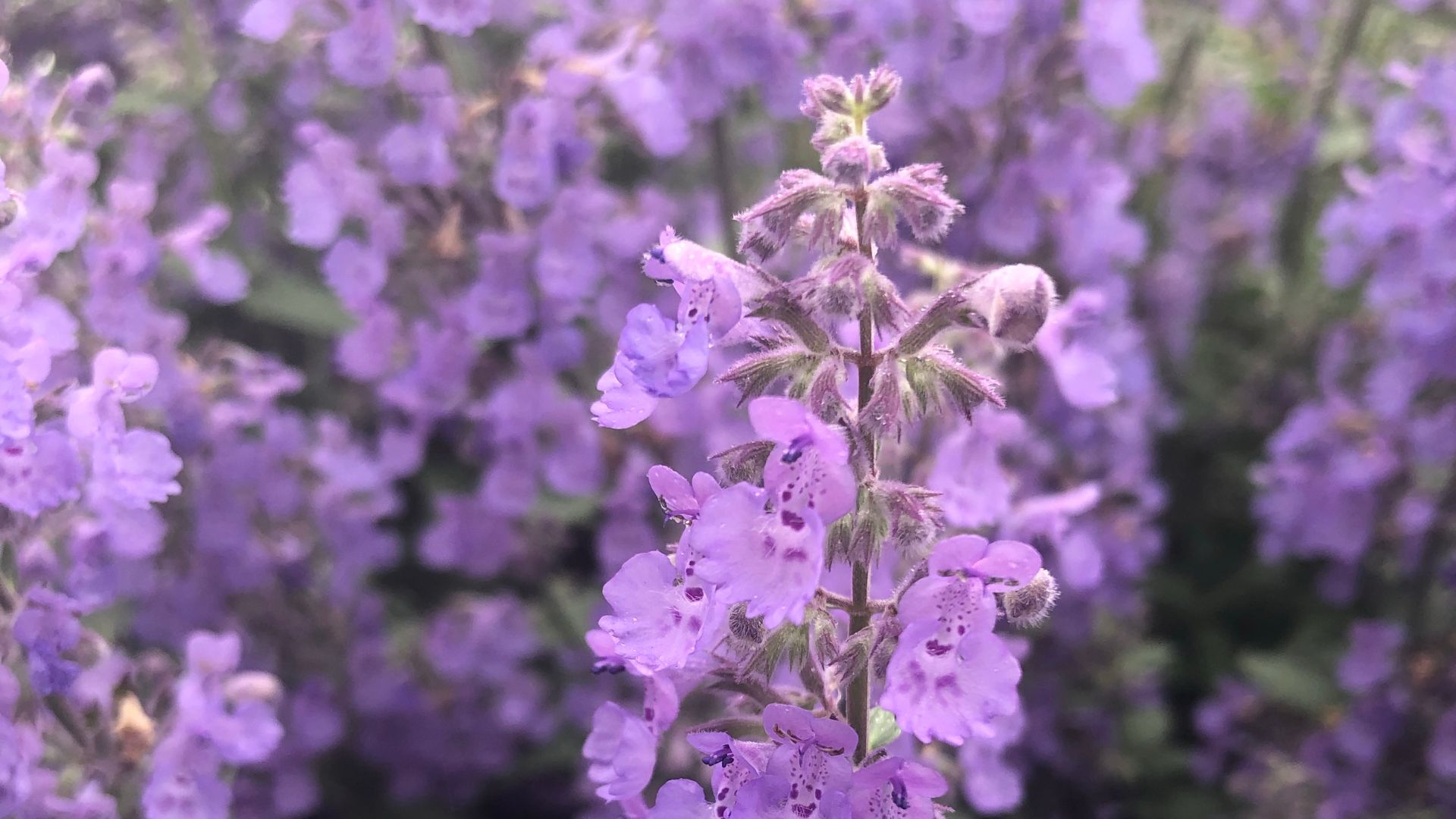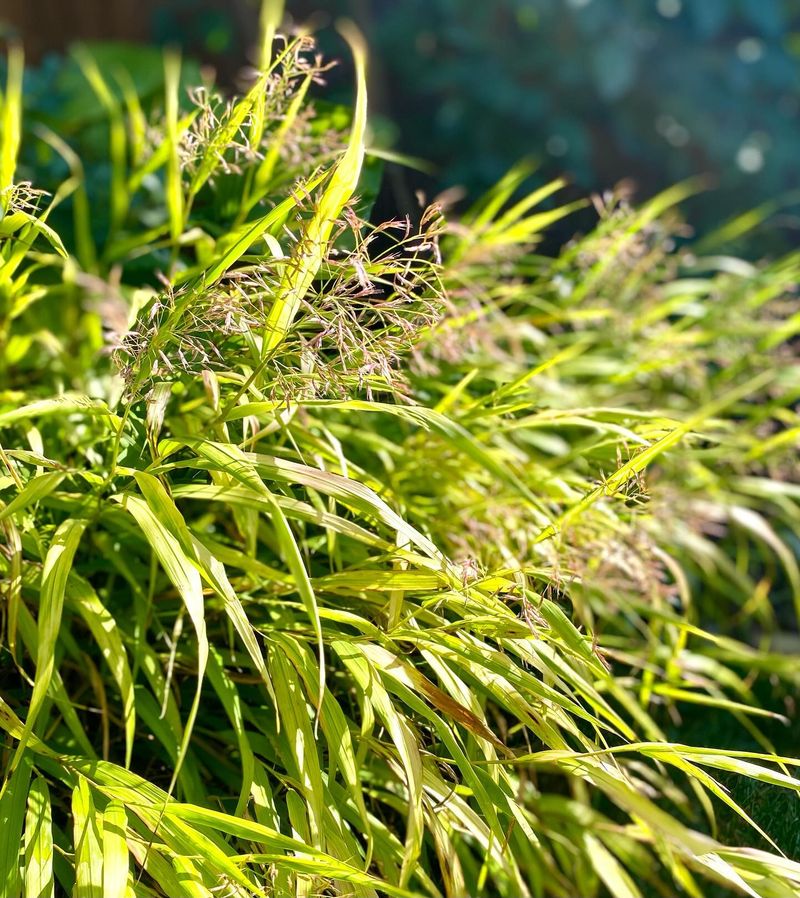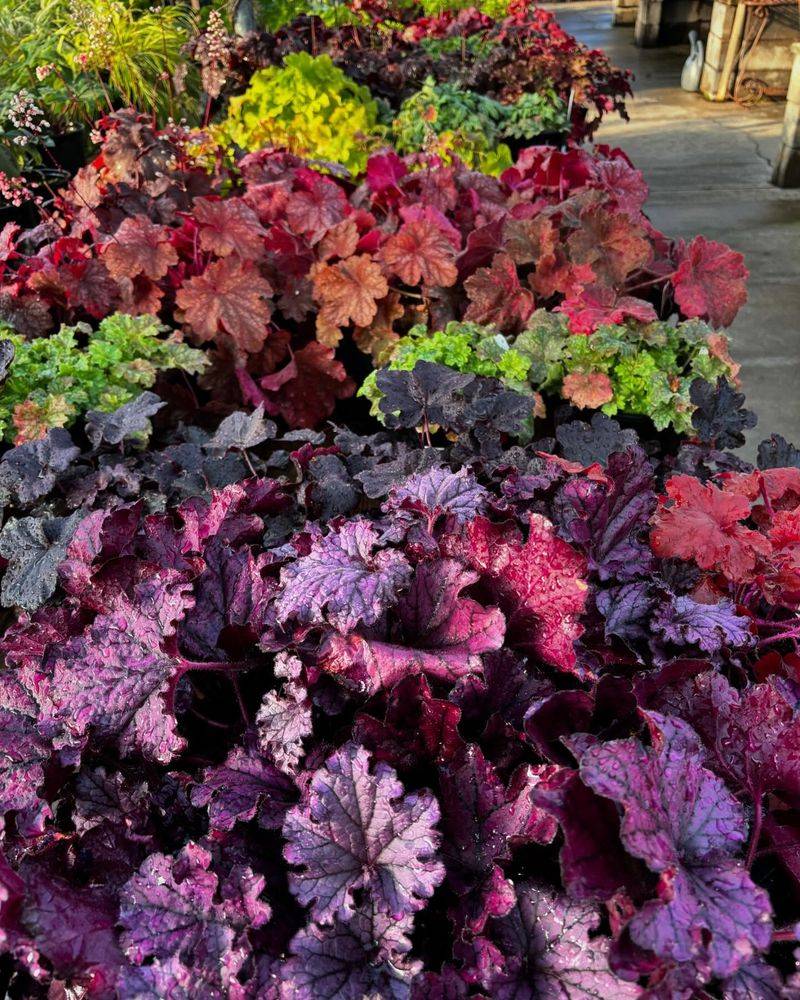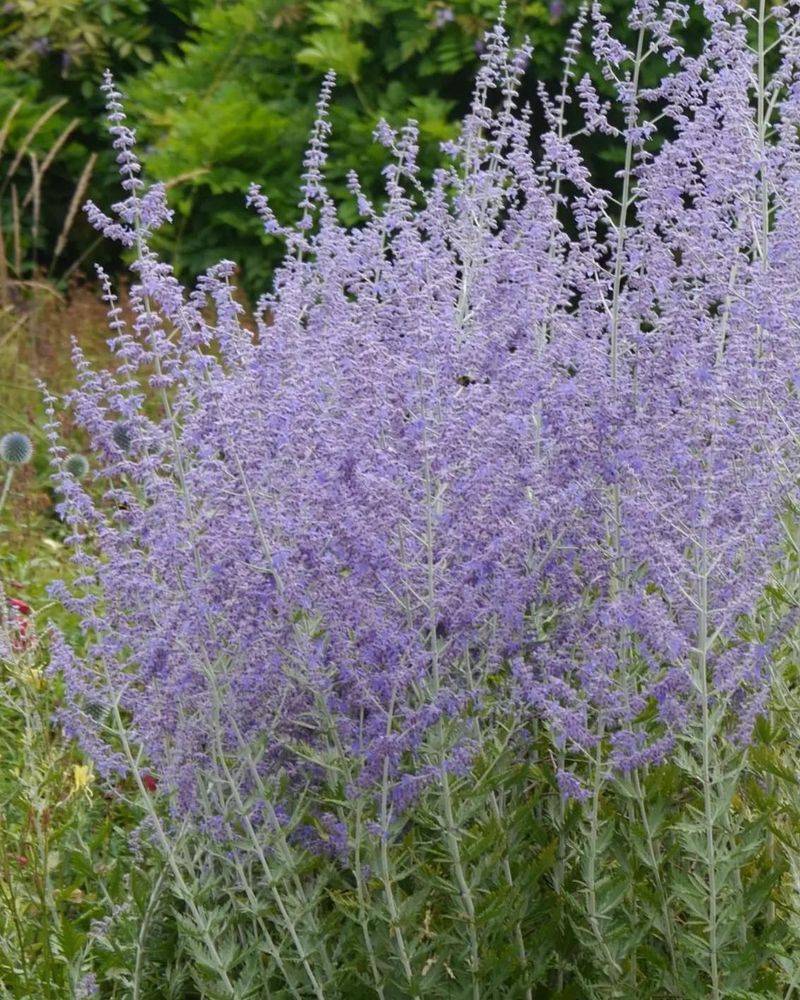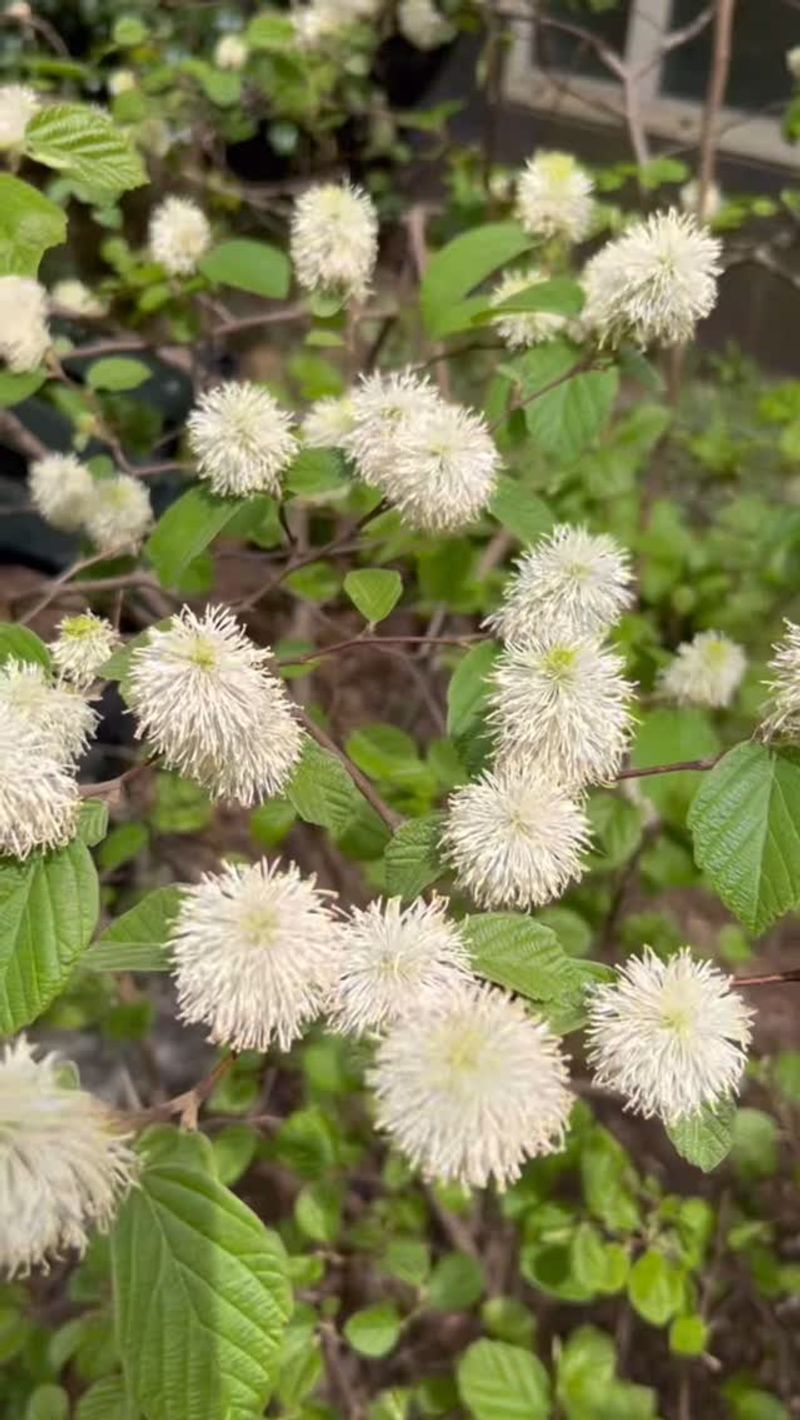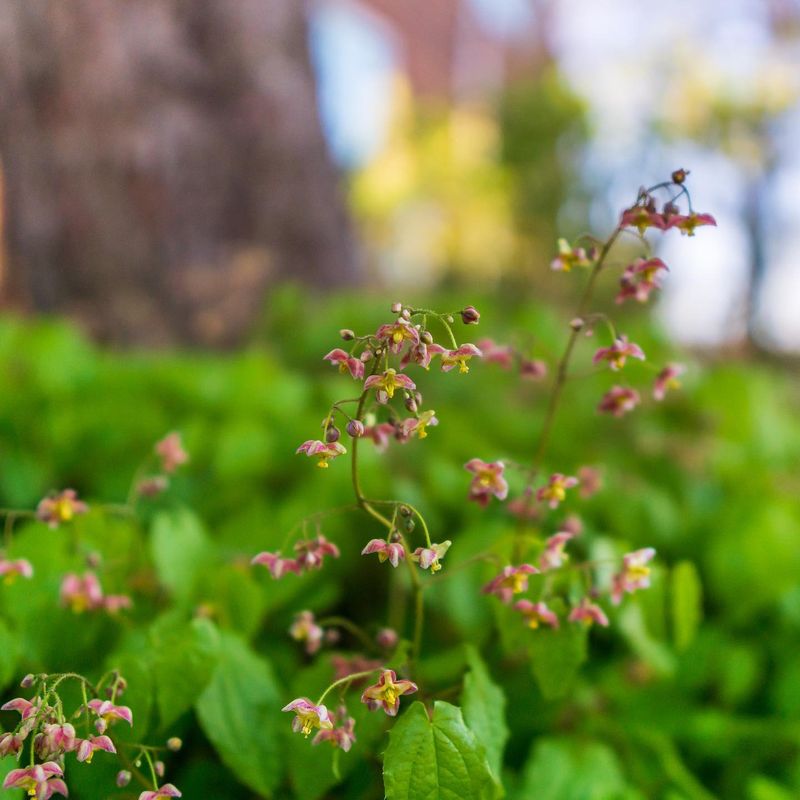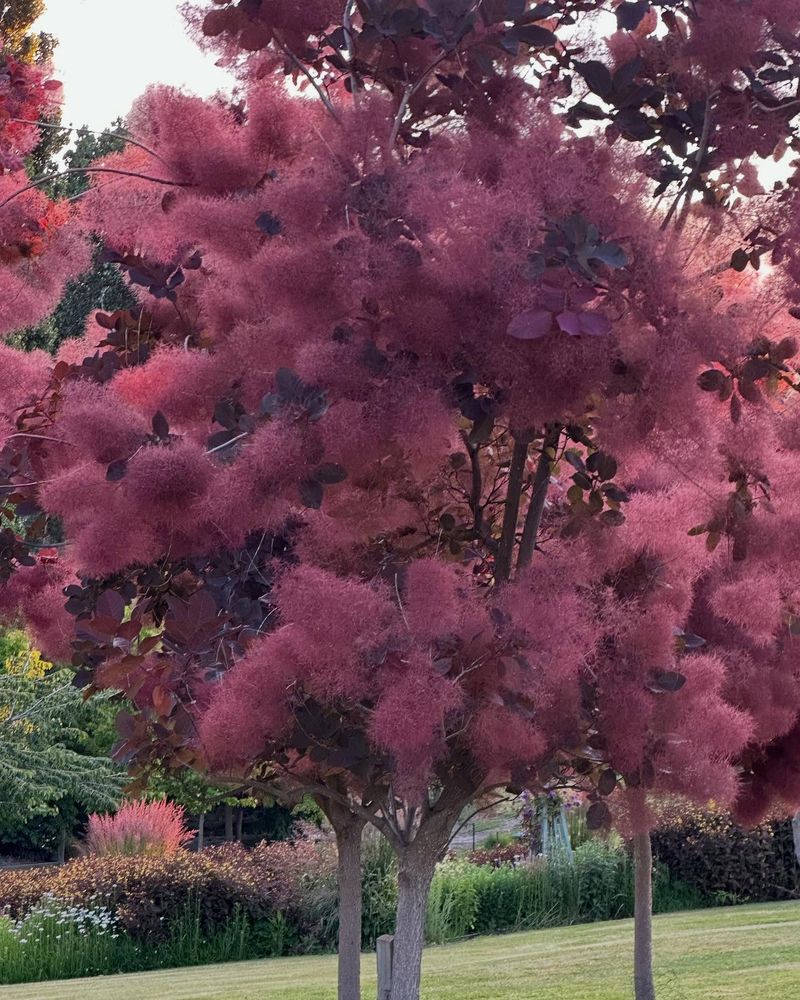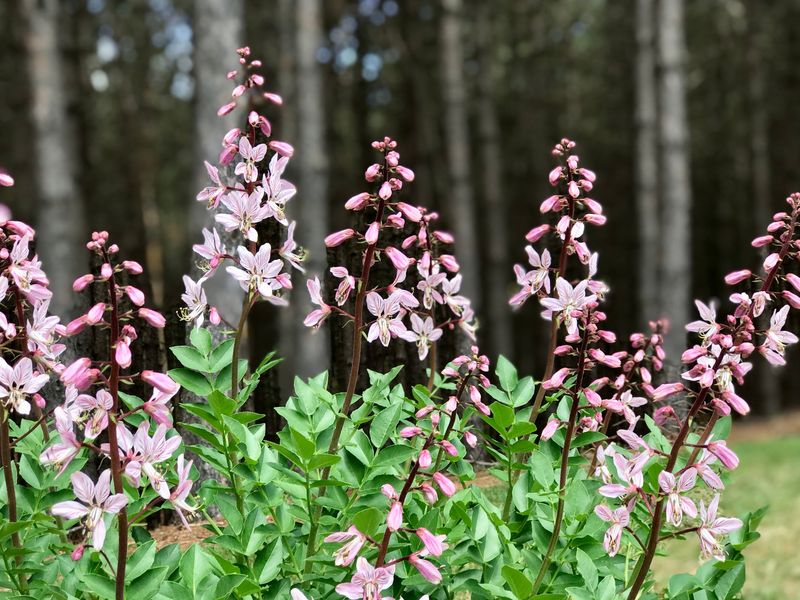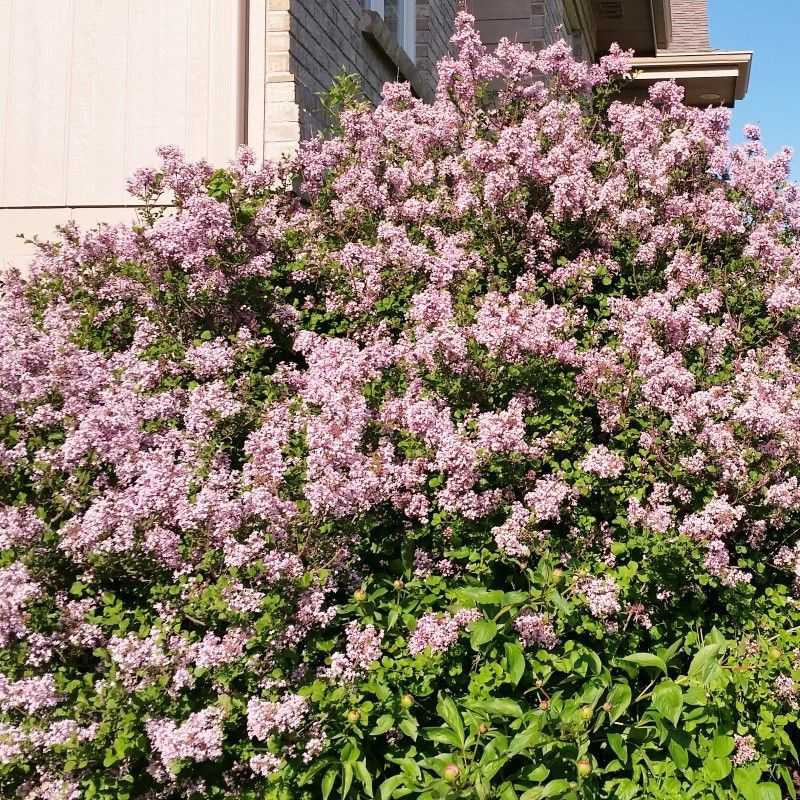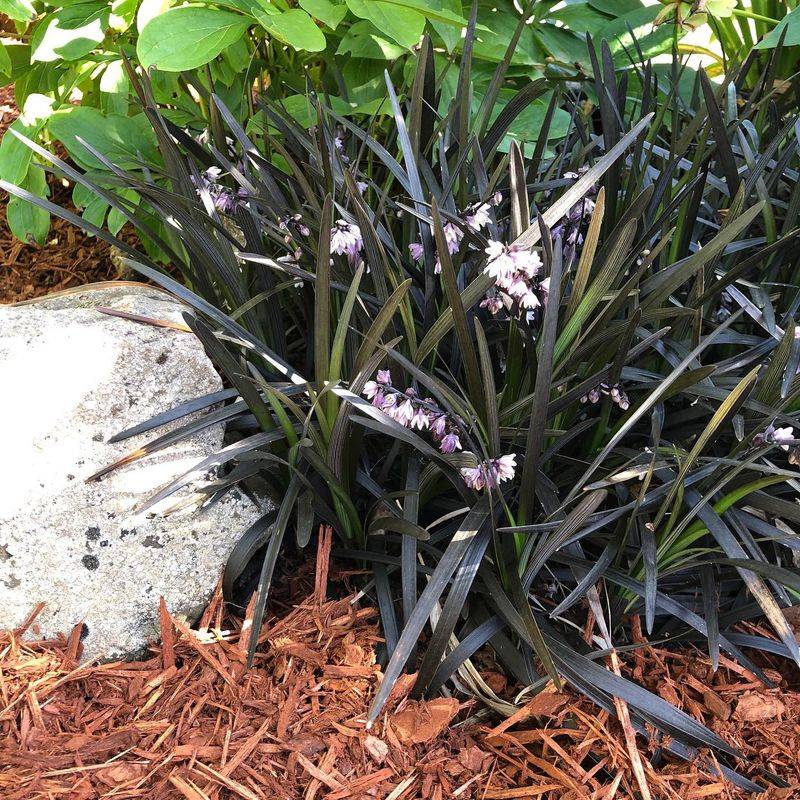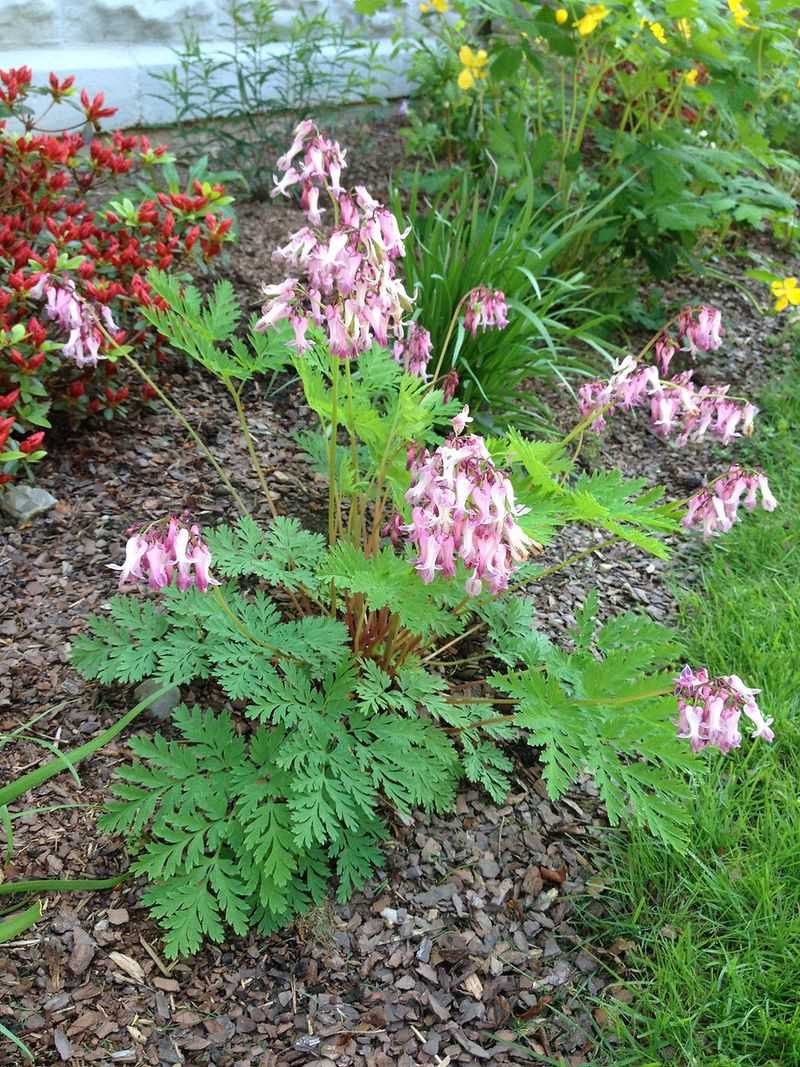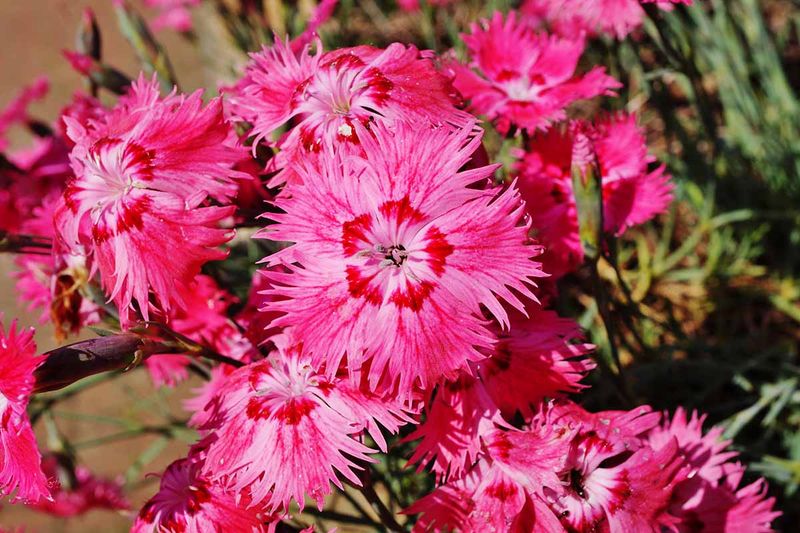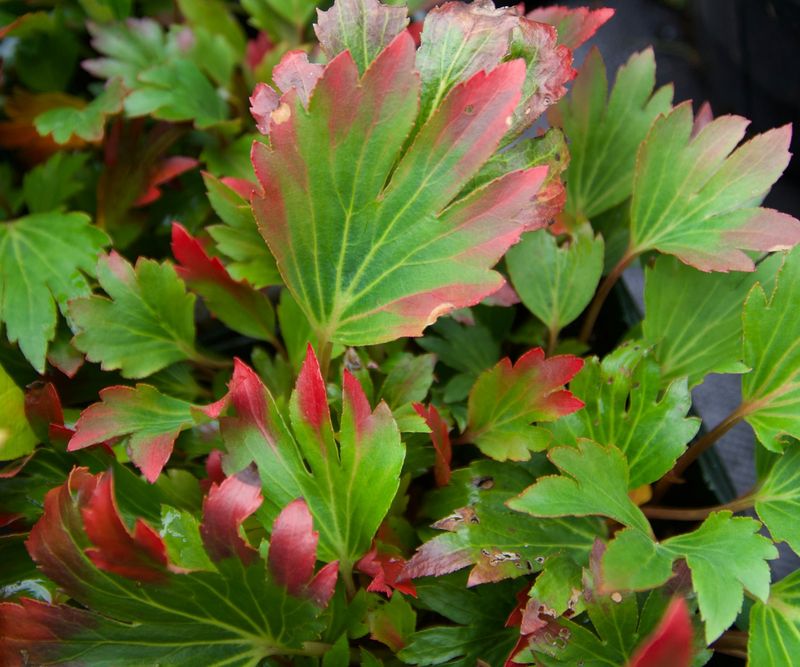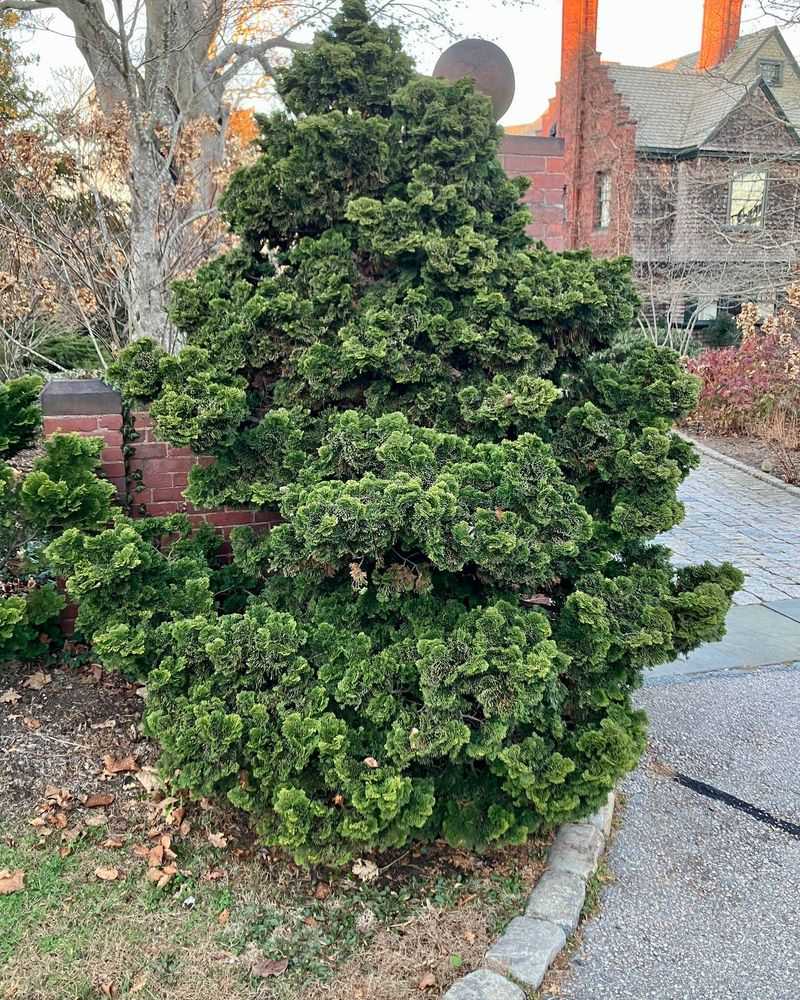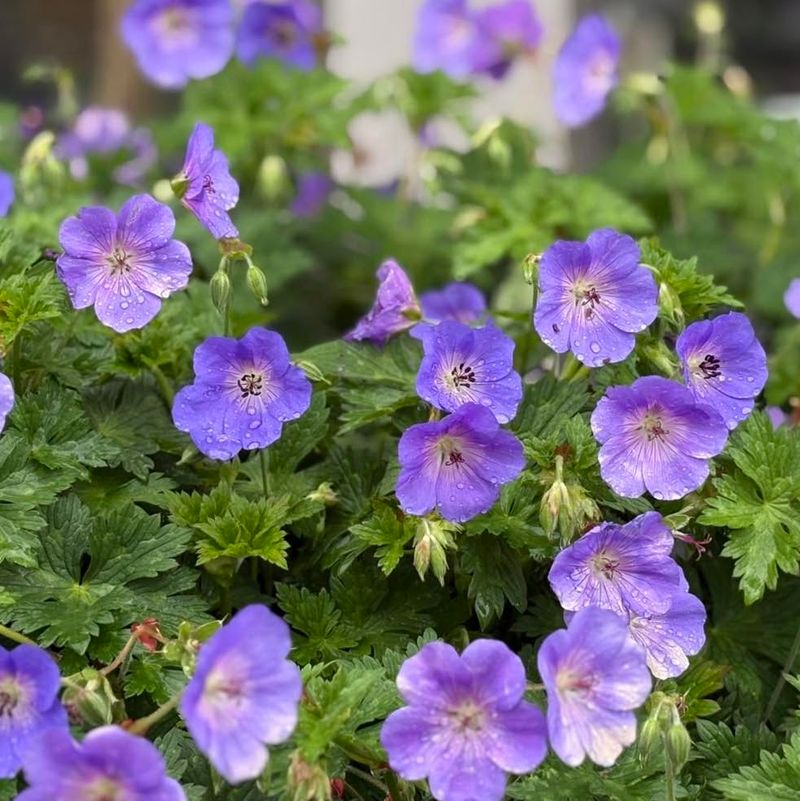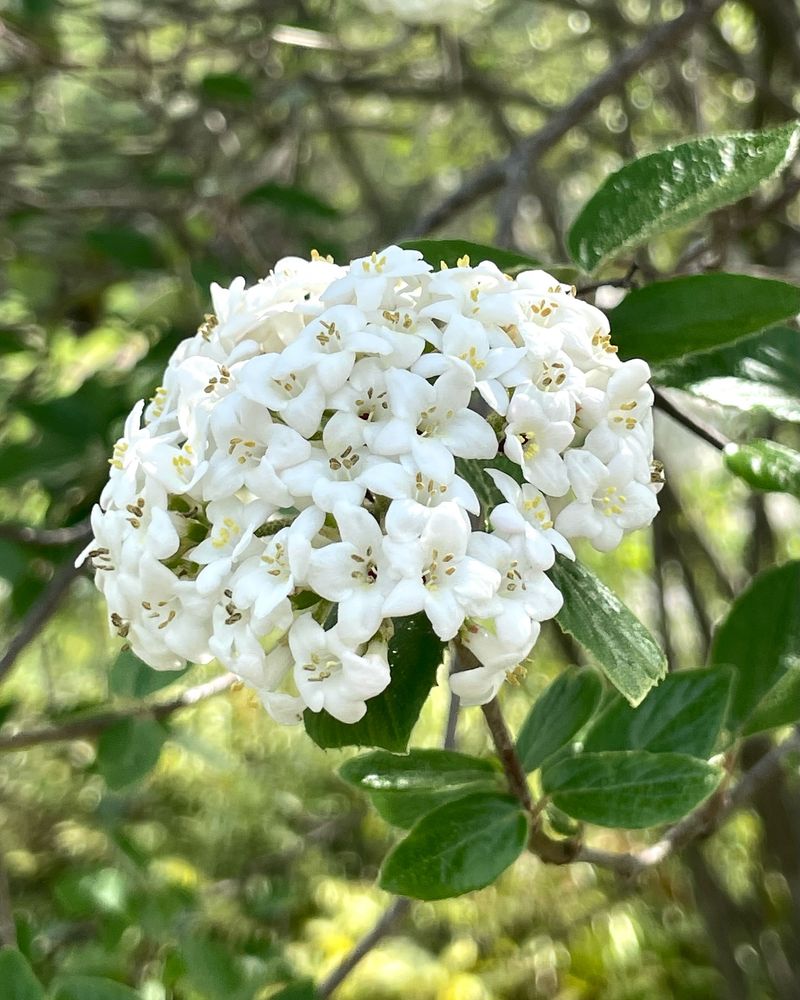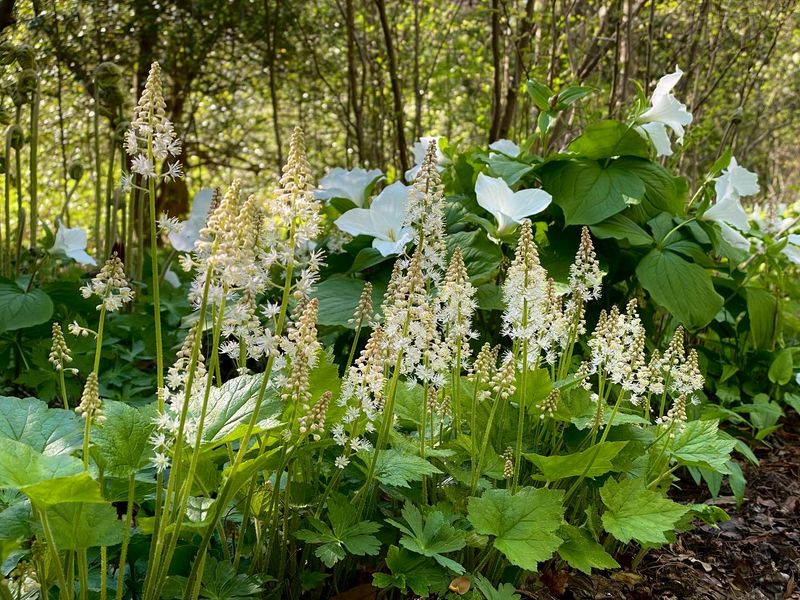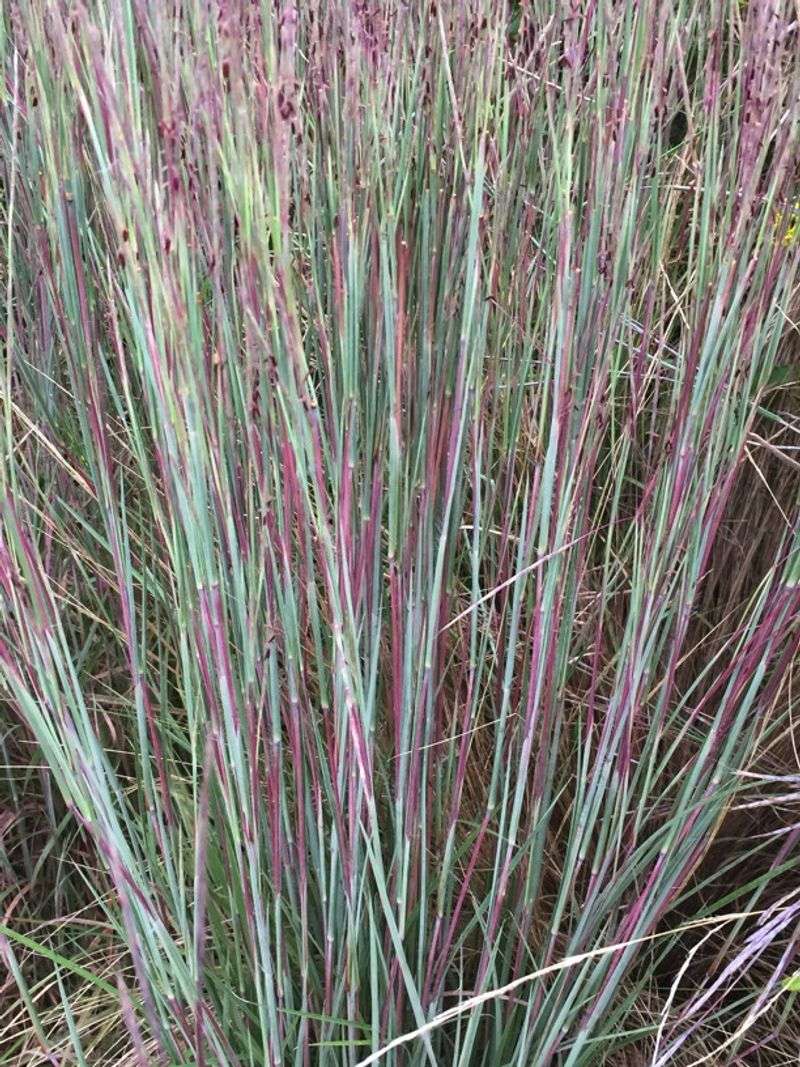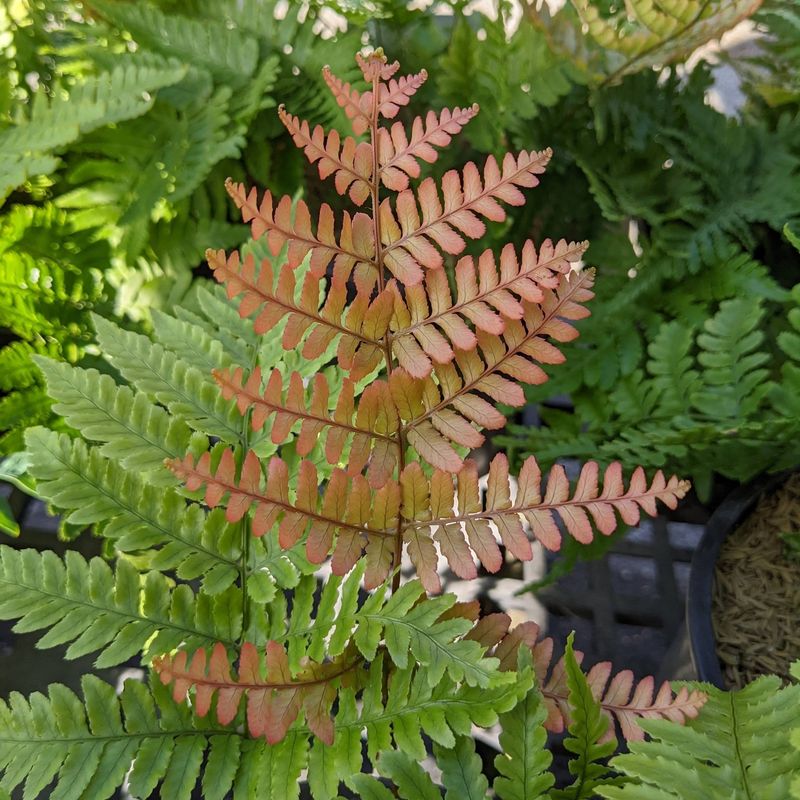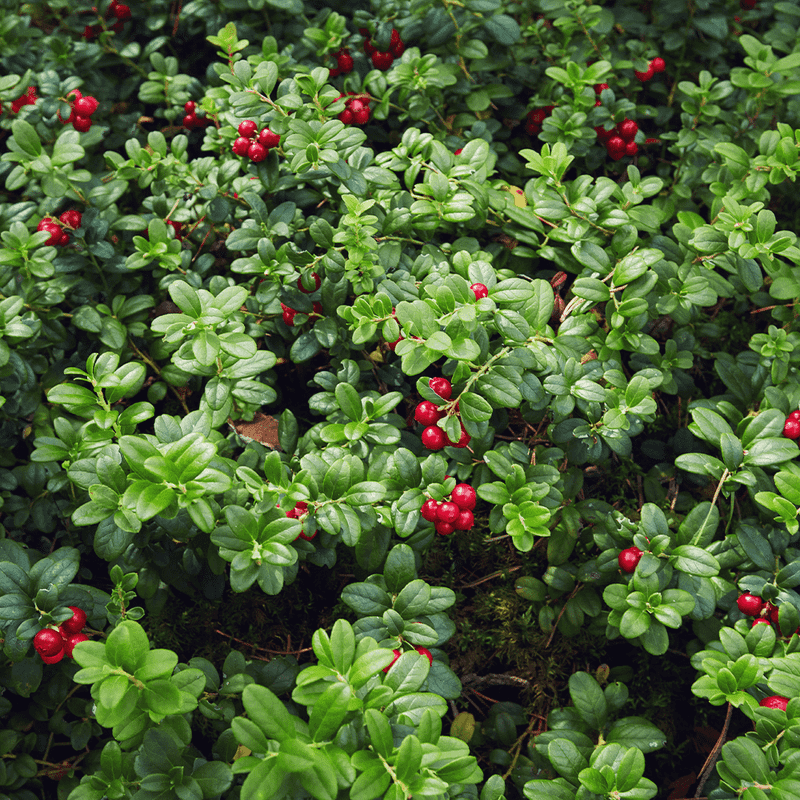Creating a beautiful garden shouldn’t feel like a constant tug-of-war with pushy plants. I’ve had my share of overgrown messes that started with just one innocent-looking perennial and ended in hours of weeding and regret.
Over time, I’ve come to really appreciate the plants that know how to stay in their lane—no endless pruning, no smothered neighbors, just steady color and charm.
If you’re looking for flowers that behave themselves but still bring the wow factor, these well-mannered perennials are a great place to start. They’re pretty, reliable, and won’t give you grief down the road.
1. Japanese Forest Grass
Golden cascades of this ornamental grass create movement in shady corners where many plants struggle. I planted some beneath my maple tree five years ago, and it’s maintained a perfect clump without spreading into nearby hostas.
The arching blades catch morning light beautifully and turn copper-bronze in fall. Unlike many ornamental grasses, it won’t self-seed or run rampant through garden beds.
Growing just 12-18 inches tall, Japanese forest grass works wonderfully along pathways or as a ground cover in woodland gardens. It’s particularly striking against dark mulch or alongside blue-toned perennials.
2. Coral Bells
Modern heuchera varieties offer year-round color through their foliage rather than just seasonal flowers. Available in purple, caramel, silver, and lime green, these tidy perennials form neat mounds that stay right where you plant them.
Their shallow root systems mean they’ll never tunnel under walkways or invade neighboring plants. A friend with limited mobility appreciates how her coral bells have remained compact for years, requiring minimal maintenance beyond removing spent flower stalks.
These adaptable plants perform well in containers, woodland edges, or as front-of-border accents. Even in winter, their evergreen leaves provide welcome color when most perennials have disappeared underground.
3. Russian Sage
Airy plumes of lavender-blue flowers hover above silvery foliage on this drought-tolerant perennial. Unlike many sage relatives, Russian sage stays in bounds while still creating dramatic height (3-4 feet) in the garden.
The aromatic foliage deters deer and rabbits, making it perfect for problem areas. After growing it along my driveway for several seasons, I’ve found it requires zero irrigation once established, thriving even during summer dry spells.
Newer compact varieties like ‘Little Spire’ fit perfectly in smaller spaces. The wispy flowers attract butterflies and bees from midsummer through fall frost, providing weeks of garden interest without demanding constant attention.
4. Dwarf Fothergilla
Bottlebrush-like white flowers emerge on bare branches in early spring, creating a magical effect in the still-waking garden. This slow-growing native shrub reaches just 3-5 feet tall and wide over many years, making it perfect for smaller properties.
Summer brings rounded blue-green leaves that transform into a spectacular mix of yellow, orange and red come fall. My neighbor’s specimen has remained perfectly behaved for over a decade, never requiring pruning or sending up unwanted suckers.
Fothergilla thrives in partial shade and acidic soil, similar to azaleas but without their fussiness. It’s an excellent alternative to problem shrubs like burning bush or barberry that have become invasive in many regions.
5. Barrenwort
Delicate, dancing flowers that resemble tiny fairy lanterns appear in spring above heart-shaped foliage. Despite its ethereal appearance, barrenwort is remarkably tough, thriving in the challenging dry shade beneath trees where few plants prosper.
The plants form slow-expanding clumps that never become thuggish. I’ve had a patch growing under my oak tree for eight years, and it’s been the perfect neighbor to nearby ferns and hostas.
New leaves emerge with bronze or red tints before maturing to green, and in many varieties, the foliage remains semi-evergreen through winter. Virtually pest-free and drought-tolerant once established, it’s truly a plant-it-and-forget-it perennial for problem spots.
6. Smokebush
Dramatic plumes of smoky-looking seed heads give this shrub its name and create a hazy, ethereal effect from midsummer through fall. Unlike many statement shrubs, smokebush grows at a moderate pace and responds well to occasional pruning without aggressive rebound growth.
Purple-leaved varieties like ‘Royal Purple’ provide season-long color even when not flowering. A gardening friend has kept hers at a perfect 6-foot height for years with just one light trimming annually.
Smokebush tolerates poor soil and drought once established, making it ideal for challenging spots. The fall color ranges from brilliant orange-red to deep purple depending on the variety, providing multi-season interest without maintenance headaches.
7. Gas Plant
Star-shaped white or pink flowers rise above glossy, citrus-scented foliage on this old-fashioned perennial. Once established, gas plants can live for decades without spreading or requiring division, becoming better with age like a fine wine.
The common name comes from the plant’s ability to emit a flammable vapor on hot days – a fascinating garden curiosity that never becomes a nuisance. My grandmother’s gas plant has occupied the same spot for over 30 years, flowering reliably each June without any special care.
Late to emerge in spring, gas plants benefit from being marked to prevent accidental digging. Their seed pods provide winter interest, and the sturdy stems never need staking, making them truly low-maintenance garden residents.
8. Dwarf Korean Lilac
Profuse fragrant blooms cover this compact shrub in late spring, bringing the classic lilac experience to small gardens. Unlike common lilacs that can grow enormous and send up suckers everywhere, this well-mannered variety stays a manageable 4-5 feet tall and wide.
The rounded form requires minimal pruning to maintain its shape. When I downsized to a townhouse, this was one of the first shrubs I planted, knowing it would provide beauty without outgrowing its space.
Butterflies flock to the lavender-pink flowers, and the neat, small leaves stay clean and disease-free throughout the season. For those with limited space, this lilac delivers all the fragrance of its larger cousins in a well-behaved package.
9. Black Mondo Grass
Dramatic black foliage creates striking contrast against lighter plants, hardscaping, or containers. Despite its grass-like appearance, this perennial is actually related to lily-of-the-valley and forms slow-growing clumps that stay exactly where you want them.
Small bell-shaped flowers in summer are followed by glossy black berries that add interest. The neighbor who gave me my first division has had his original planting for over a decade without it becoming invasive or requiring much care.
Evergreen in milder climates, black mondo grass maintains its distinctive color year-round. It’s perfect for edging pathways, highlighting rock gardens, or creating patterns in the landscape – all without the maintenance headaches of actual ornamental grasses.
10. Fringed Bleeding Heart
Ferny blue-green foliage creates a soft backdrop for the dangling heart-shaped blooms that appear from spring through fall. Unlike its larger cousin the old-fashioned bleeding heart, this native species won’t go dormant in summer heat or spread aggressively through the garden.
The delicate appearance belies a tough constitution that handles drought once established. In my woodland garden, it’s been a reliable performer for years, maintaining a perfect 12-15 inch mound without crowding neighboring plants.
Hummingbirds visit the pink or white flowers regularly, adding wildlife value to its ornamental qualities. For gardeners seeking season-long interest without maintenance headaches, this bleeding heart is a perfect solution for partially shaded spots.
11. Cheddar Pink
Fragrant, fringed flowers in shades of pink rise above tidy mats of blue-green foliage in late spring. These low-growing perennials form dense cushions that suppress weeds while never spreading beyond their boundaries or requiring frequent division.
The spicy clove scent perfumes the garden, especially in the evening hours. A patch I planted along my front walkway has maintained its shape for years, providing cheerful color without any tendency to flop or spread into the path.
Drought-tolerant and deer-resistant, cheddar pinks thrive in poor, gravelly soil where many perennials would struggle. Their evergreen foliage maintains interest even when not in bloom, making them valuable front-of-border plants for low-maintenance gardens.
12. Mukdenia
Fan-shaped leaves emerge green in spring, accompanied by sprays of delicate white flowers above the foliage. As summer progresses, the leaf edges develop stunning red margins that intensify through fall when the entire leaf turns crimson.
This slow-spreading perennial forms a mannerly clump that won’t take over or require frequent division. After seeing it in a display garden, I added it to a troublesome dry shade area where it’s performed beautifully without becoming a maintenance headache.
Mukdenia combines beautifully with ferns and hostas in woodland settings. Growing just 12-15 inches tall, it’s perfect for edging shady paths or adding season-long interest to spots where many flowering plants struggle.
13. Dwarf Hinoki Cypress
Sculptural dark green foliage with a naturally layered growth habit creates year-round interest without pruning. This slow-growing conifer adds just 3-4 inches per year, eventually forming a broadly conical shape that reaches 4-6 feet after many years.
The cupped, shell-like foliage catches morning dew and light snowfall beautifully. My garden club friend has had one framing her front door for fifteen years, and it’s still proportionate to the entryway without a single trim.
Hinoki cypress provides wonderful textural contrast to broadleaf plants and offers habitat for birds. Its slow growth rate makes it perfect for foundation plantings, rock gardens, or Asian-inspired landscapes where a disciplined form is desired without constant maintenance.
14. Hardy Geranium ‘Rozanne’
Violet-blue flowers with white centers bloom continuously from late spring until frost on this exceptional perennial. Unlike many hardy geraniums that bloom briefly then become dormant, ‘Rozanne’ keeps performing month after month without becoming invasive or requiring deadheading.
The mounding habit stays compact while gently weaving through neighboring plants. In my mixed border, it’s been the perfect companion for roses and small shrubs, filling gaps without overwhelming its neighbors.
Tolerant of both sun and partial shade, this adaptable plant handles summer heat without flagging. Its neat, rounded form rarely exceeds 20 inches tall and spreads to about 24 inches, making it perfect for mid-border positions or large containers.
15. Korean Spice Viburnum
Intensely fragrant snowball-like flower clusters perfume the spring garden with a sweet spicy scent that carries on the breeze. This medium-sized shrub grows slowly to 4-6 feet tall and wide, maintaining a naturally rounded shape without aggressive spreading or constant pruning needs.
Red buds open to pink-tinged white flowers, followed by red berries that turn black as they ripen. The woman who sold me my house left detailed garden notes, mentioning that the Korean spice viburnum by the patio had been there for 20 years without outgrowing its space.
Fall brings wine-red foliage that adds another season of interest. For gardeners seeking four-season appeal without maintenance headaches, this well-mannered shrub delivers beauty and fragrance in a disciplined package.
16. Foamflower
Delicate spires of star-shaped white or pink flowers rise above maple-like foliage in spring, resembling foam floating above the leaves. Native to eastern woodland forests, foamflower forms slow-spreading clumps that make excellent groundcovers without the aggressive tendencies of many other shade plants.
Many varieties feature leaves marked with dramatic burgundy centers that persist through winter in milder climates. The foamflower patch beneath my redbud tree has filled in beautifully over several years without ever needing to be pulled back from neighboring plants.
Preferring moist, humus-rich soil, foamflower partners perfectly with ferns, hostas, and native shrubs in woodland gardens. Its diminutive size (8-12 inches tall) makes it ideal for edging shady paths or underplanting larger specimens.
17. Little Bluestem
Blue-green summer foliage turns vibrant orange-red in fall on this native prairie grass. Unlike many ornamental grasses that spread aggressively, little bluestem forms neat clumps that maintain their boundaries year after year without invasive tendencies.
Airy seed heads catch low autumn light and persist through winter, adding movement and texture to the dormant garden. A landscape designer friend uses it extensively in low-maintenance projects because it stays put and requires no special care once established.
Growing to a manageable 2-3 feet tall, this grass fits perfectly into mixed borders or modern landscape designs. Its drought tolerance and ability to thrive in poor soil make it an excellent sustainable choice for gardens looking to reduce maintenance and water use.
18. Autumn Fern
Coppery-red new fronds unfurl in spring, maturing to glossy dark green as the season progresses. This well-behaved fern maintains a tidy clump form year after year without the running habit that makes many other ferns problematic in small gardens.
Semi-evergreen in milder climates, autumn fern provides winter interest when many perennials have disappeared. The first plant I added to my north-facing foundation has remained perfectly sized for its spot, growing to about 18 inches tall and wide over several years.
Deer and rabbits ignore this fern completely, making it valuable for problem areas. Its ability to thrive in dry shade once established puts it among the most adaptable and low-maintenance ferns available for home landscapes.
19. Bearberry
Glossy evergreen leaves form a dense carpet studded with small white flowers in spring and bright red berries in fall. This native groundcover spreads slowly to fill spaces without becoming invasive, making it perfect for slopes, rock gardens, or areas where grass won’t grow.
The leathery foliage turns bronzy-purple in winter, adding year-round interest. After trying multiple groundcovers for a difficult sunny bank, bearberry has proven to be the only one that stays put without creeping into the adjacent lawn.
Tolerant of poor sandy soil and drought once established, this plant thrives with minimal care. Its low profile (6-12 inches tall) makes it an excellent alternative to high-maintenance lawns in appropriate settings, providing ecological benefits without the constant attention grass requires.

